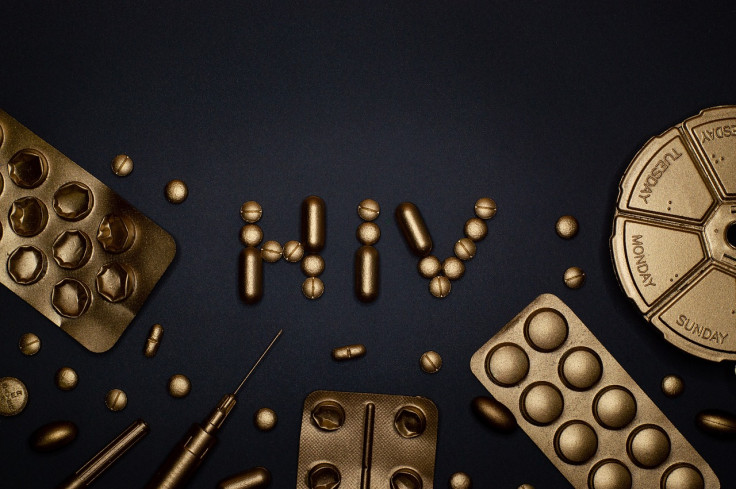
World AIDS Day is an annual health event observed on Dec.1 to raise awareness about HIV (human immunodeficiency virus) and AIDS (acquired immunodeficiency syndrome). The aim is to address one of the most pressing global public health challenges, which currently has no cure.
HIV is a virus that attacks the immune system, making a person more vulnerable to other infections and diseases. HIV could progress to AIDS if not treated.
Around 39 million people across the globe live with HIV, of which 37.5 million are adults, and 1.5 million are children.
What are the signs?
Many people develop flu-like symptoms within two to four weeks of infection, which might last a few days to weeks. The patients may develop fever, rash and headache. However, having these symptoms does not mean that the person has HIV, as several illnesses can cause the same signs.
The only way to confirm the diagnosis is by testing for HIV. If the test results are positive, the patient can start the treatment, depending on their viral load.
Stages of HIV
1. Acute HIV - It is the initial stage of infection in which the patients may develop signs of flu. At this stage, the HIV multiplies rapidly, attacks and destroys the immune cells and spreads throughout the body. The risk of transmission is high at this stage as the viral load in the blood is high. Treatment using antiretroviral therapy (ART) is beneficial for reducing the viral load.
2. Chronic stage - This is the stage where the patients do not show any signs of infection but the virus continues to multiply in the body at low levels. In people without ART treatment, the condition advances to AIDS in around 10 years. Those who are on treatment may stay at this stage for several decades. Although the virus is still transmissible at this stage, patients who maintain an undetectable viral load through ART treatment will not pass the virus to an HIV-negative partner through sex.
3. AIDS - It is the final and most severe stage of infection. The patients will have a CD4 count of less than 200 cells/mm3 and may have certain opportunistic infections – infections that occur more commonly in people with weakened immunity. Patients have a high viral load and can transmit HIV to others very easily. If not treated, patients with AIDS typically survive only about three years.
Transmission
HIV is typically transmitted through unprotected sex and the use of shared needles and equipment for drug use. Transmission can also occur when body fluids such as blood, semen, pre-seminal fluids, rectal fluids, vaginal fluids and breast milk come in contact with a mucous membrane or damaged tissue or get directly injected into the bloodstream.
Prevention
To reduce the risk of transmission and prevent contracting the virus, here are some steps:
- Get tested for HIV.
- Choose less risky sexual behaviors. Know that the HIV can spread through anal or vaginal sex without a condom.
- Limit sexual partners. The more partners a person has, the risk of STDs (sexually transmitted diseases) increases, which raises the risk of contracting HIV.
- Use condoms while having sex.
- Get tested for STDs and take treatment.
- Consult with a health professional and discuss the possibility of pre-exposure prophylaxis (PrEP) – a prevention option targeted to help people who do not have HIV but are at high risk of getting the infection.







